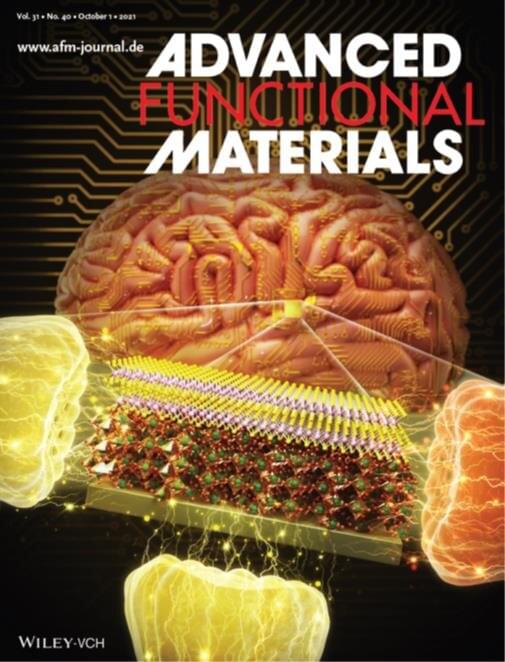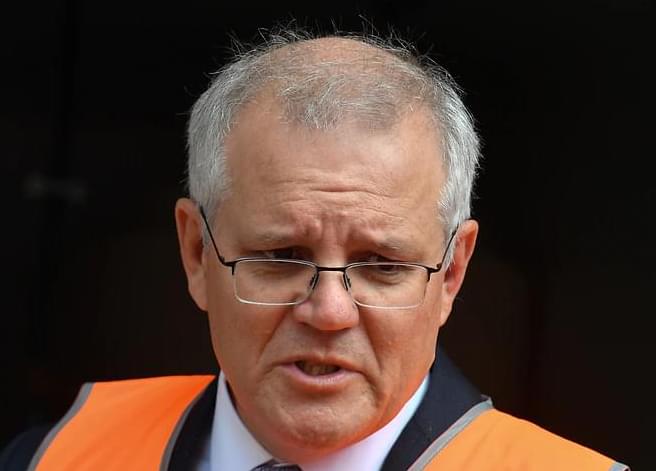Researchers in Korea succeeded in developing a core material for the next-generation neuromorphic (neural network imitation) semiconductor for the first time in the country. This is a result of a research team led by Dr. Jung-dae Kwon and Yong-hun Kim of the Department of Energy and Electronic Materials of the Korea Institute of Materials Science, together with Professor Byungjin Cho’s research team at Chungbuk National University. KIMS is a government-funded research institute under the Ministry of Science and ICT.
This new concept memtransistor uses a two-dimensional nanomaterial with a thickness of several nanometers. By reproducibly imitating the electrical plasticity of nerve synapses with more than 1,000 electrical stimulations, the researchers succeeded in obtaining a high pattern recognition rate of about 94.2% (98% of simulation-based pattern recognition rate).
Molybdenum sulfur (MoS2), widely used as a semiconductor material, works on the principle that defects in a single crystal are moved by an external electric field, which makes it difficult to precisely control the concentration or shape of the defect. To solve the problem, the research team sequentially stacked an oxidic layer of niobium oxide (Nb2O5) and a molybdenum sulfur material and succeeded in developing an artificial synaptic device having a memtransistor structure with high electrical reliability by an external electric field. In addition, they have demonstrated that the resistance switching characteristics can be freely controlled by changing the thickness of the niobium oxidic layer, and that brain information related to memory and forgetting can be processed with a very low energy of 10 PJ (picojoule).





